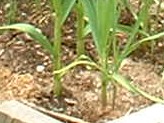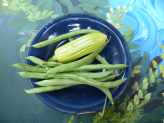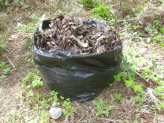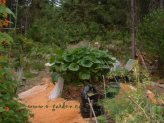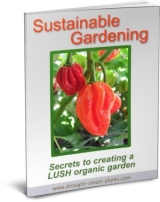How to Grow Potatoes
Those nutritious, delicious spuds
Potatoes are such an easy crop to grow, and the flavor of your own home grown spuds is beyond comparison.
Due to the fact that you can buy many kinds of potatoes in stores, such as Russet Burbanks and other familiar types, it might be much more interesting to find some unusual kinds to grow in your organic garden.
Whichever kind you decide on, I recommend getting them from a reputable grower as seed potatoes, which have been inspected.
There is no point in going to all the effort of growing them only to find that they have all got scab and are inedible – as the tubers grow under the soil, you won’t know this from looking at the green growing tops, because they’ll look healthy and happy, even while the fungus is infecting the potatoes.
German fingerlings, purple fleshed kinds, early pink skinned or white types are available; these are a treat for the palate; sweet, flavorful and unusual, the dinner table will never be the same.
To grow any potato successfully, there are a few main factors;

First is full sun, away from any competing tree roots;
Second, it’s important to supply moisture continuously. The infamous ‘hollow heart’ is caused by a lack of moisture at a critical point in the plants growth.
Third, mulch to cover the tubers – green potatoes can be carcinogens so ensure that no sunlight reaches the roots either during growth, or in storage.
The best soil for potatoes is nutrient rich and porous.
It’s important to have some way of pulling the soil up around the plant, both to support the growing vine, and to cover any new potatoes and protect them from sunlight.
If this is your method, plant the seed potatoes about three or four feet apart, to give you enough soil in the ‘walkways’ to pull up with a hoe.
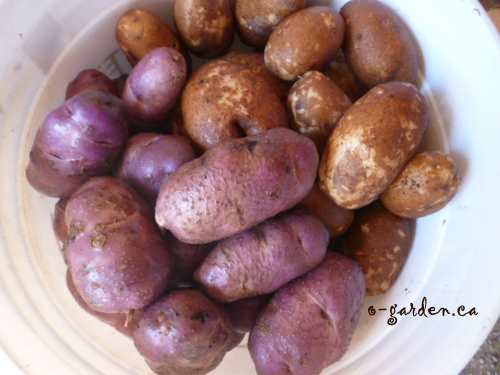
There have been tests on growing potatoes right on a driveway, with only a covering of straw, piled around the plant for support and to hold moisture.
The way the potatoes grow is on stolons coming out of the buried stem, so continuing to cover the plant ever higher gives more places for the stolons to emerge.
I’ve seen crops of incredible spuds grown in tires stacked on top of one another; as the plant grows, another tire goes on, and straw or chopped leaves fill it.
When the vine shrivels in August, the tires are unstacked, and potatoes come out in handfuls, all clean and ready for storage. This no dig, no fuss method of growing spuds has my vote. I usually grow mine in plastic bags , which produces similar results.
However you decide to grow potatoes, you will know that they require very little care to provide nutrition for your table.
To find out more about my secret method of insulated worm farming, sign up for the Composting E-Course (your free bonus when you subscribe to Out in the O-Garden Newsletter).
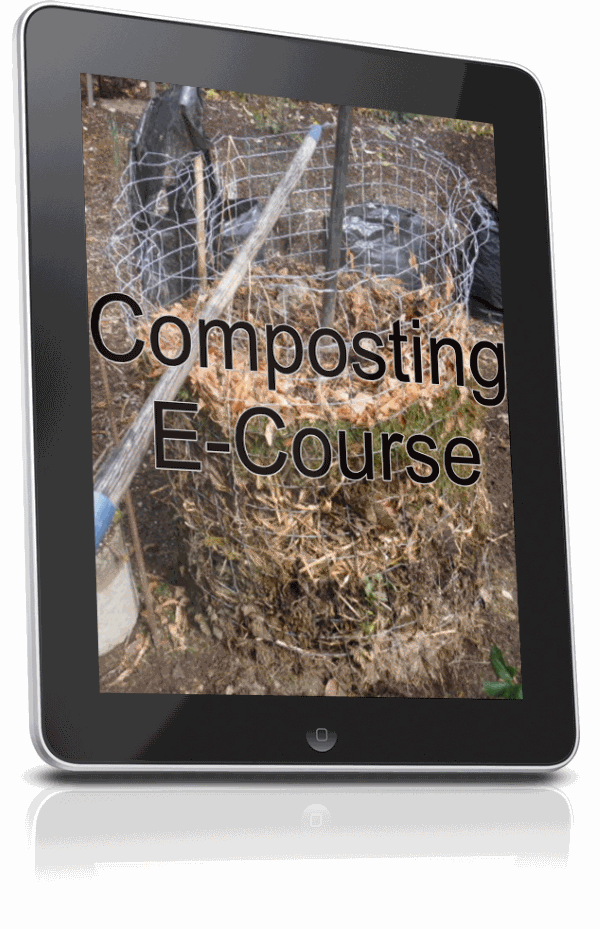 Composting E-Course - sign up here
Composting E-Course - sign up here
Get the free Composting E-Course delivered right to your inbox and learn tips and tricks to get your compost to work the first time.
Get started now; fill out the form;
Recycling in the Organic Garden

